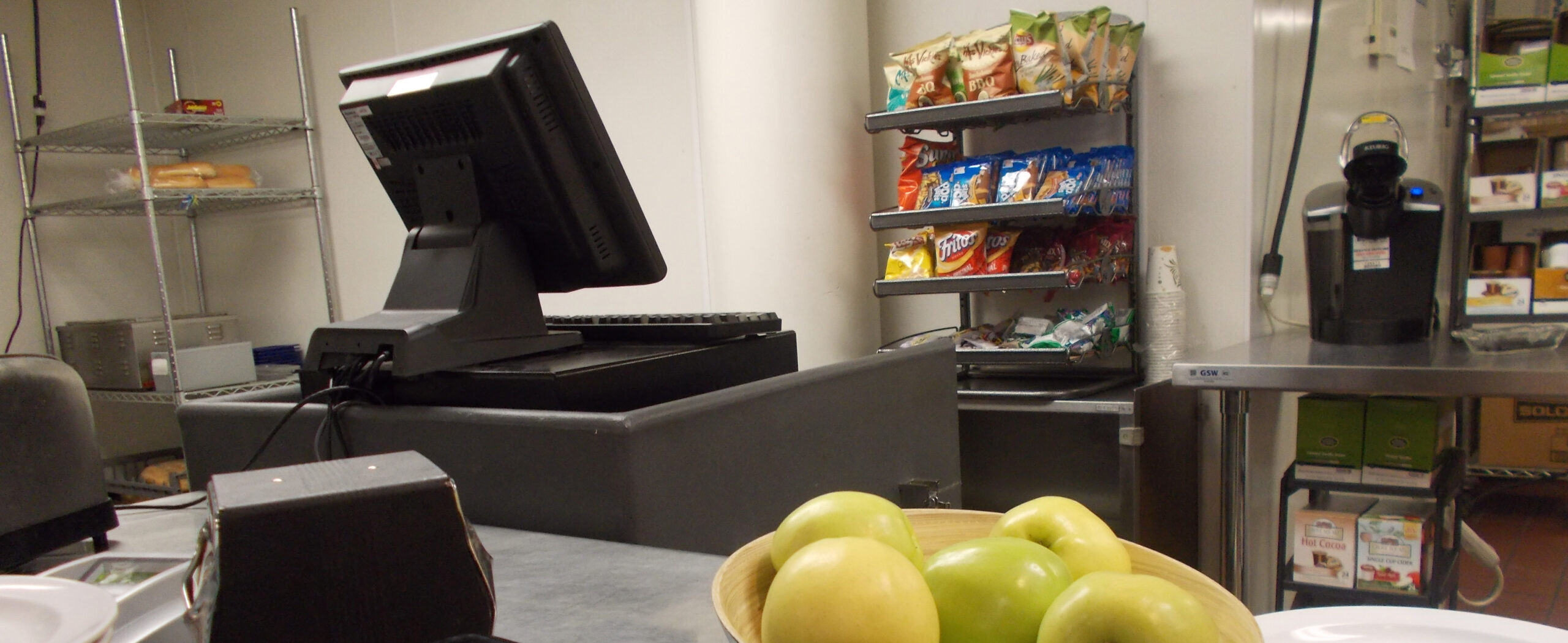To retain qualtity, lunch prices rise
When students returned from Christmas break, Taher Inc., the food service provider at Minnehaha, announced a 20 cent price rise on entrees from $3.75 to $3.95. This price increase was the result of a simple and definite factor.
“We had no choice,” said Chef Jonathan Barnes, executive chef at Minnehaha. “The price of the food that comes into the building is going up. To offset that, we had to raise the prices so we could keep the same quality and expectations that [the students] want. When we order beef, it’s the best beef we can get; but if we don’t raise that price, then we have to drop to a lower tier, and the quality suffers. So that’s why the [price raise] decision was made.”
According to the Bureau of Labor Statistics’ Consumer Price Report for December 2014, the index for food rose 0.3 percent in December following a 0.2 percent increase in November. In December alone, dairy related products rose 0.6 percent, while the fresh vegetable index rose 2.4 percent. The index for beef and and veal were upped 0.7 percent.
“To mention some of the big things driving the [price of] proteins up, there was a huge virus that went through the piglet population, the pork industry. It took out hundreds of thousands of little pigs. So right there the supply and demand are not the same,” Barnes continued. “When it comes to beef, [consumers] have gone through so many heads of cattle, that its been 30 years or so since we’ve been this low on the number of cattle. It’s going to take another 18 months just to get up to what our normal par level is for beef.”
The fresh vegetable index saw the largest increase at 2.4 percent, which was only inevitable after challenges that producers face. “When you look at our produce, our lettuce, tomatoes, cucumbers–very simple everyday items–California and the Southwest US was a huge purveyor of that. Well, they’ve gotten hit with horrendous floods, then they got hit by the dry season, where nothing was really growing, and then they got hit with the rain again which kind of took out the soil,” expanded Chef Barnes. “So across the board, weather affects everything, supply and demand affects everything, and it’s becoming more expensive to just take that produce, harvest it, take it on a truck and bring it to us.”
Barnes is not resolute on predicting the near future, as prices continue to fluctuate and change. “It all comes down to how the industry is moving. There will be times that we’ll have dips kind of like the prices of gas. Do I foresee a price increase for the food next year? Not at all.”
– Kenny Kiratli

